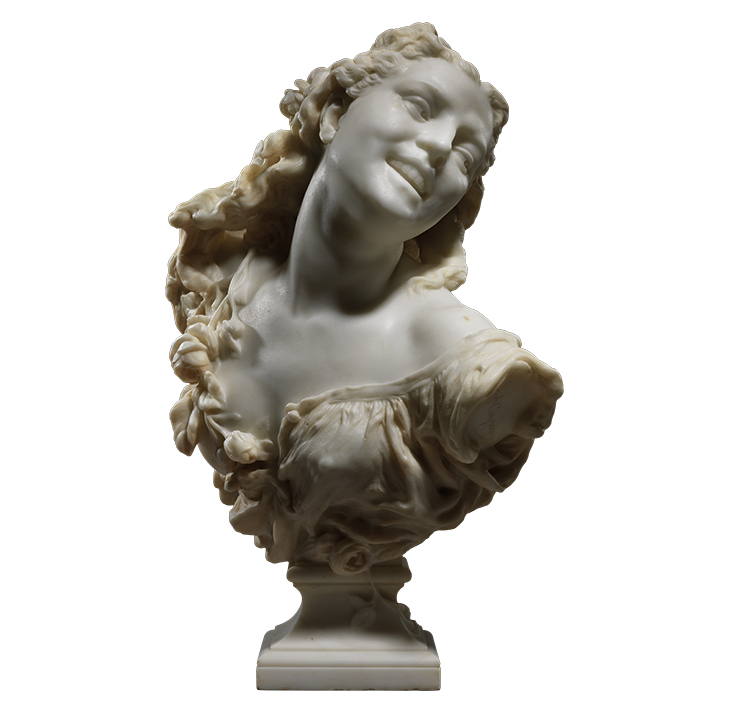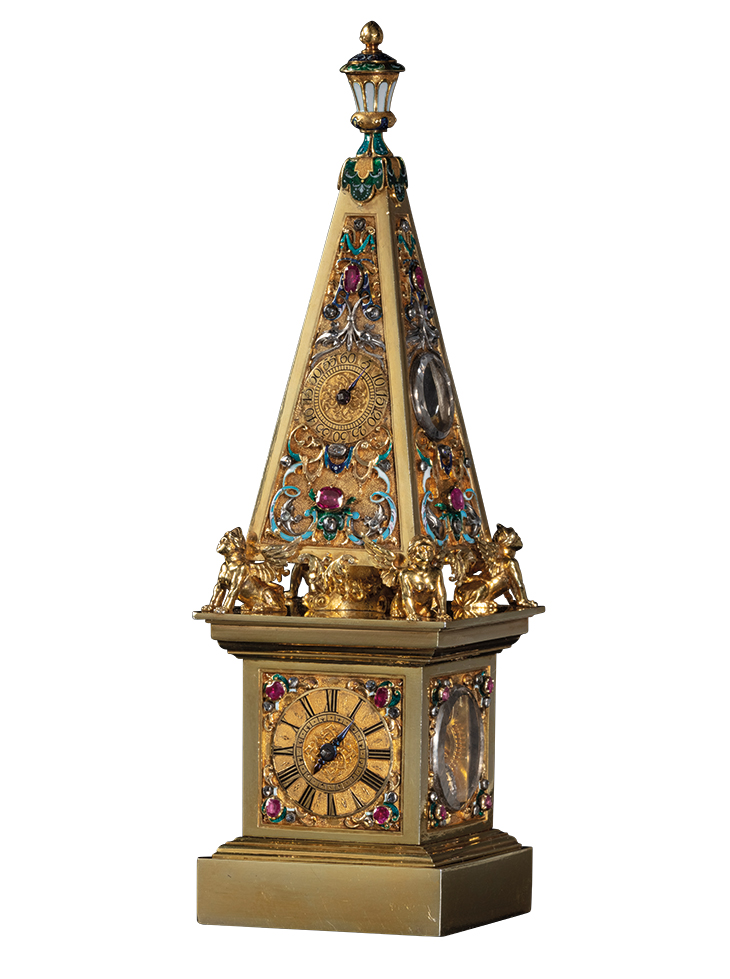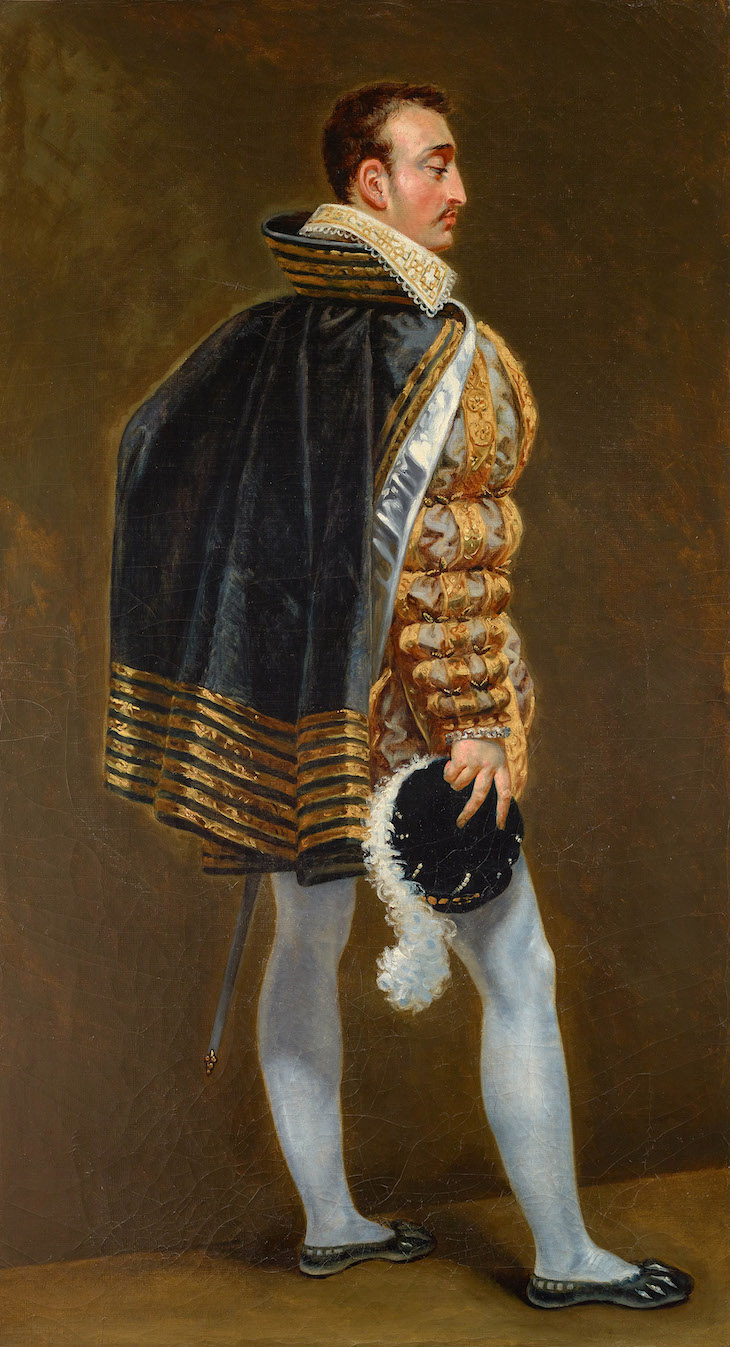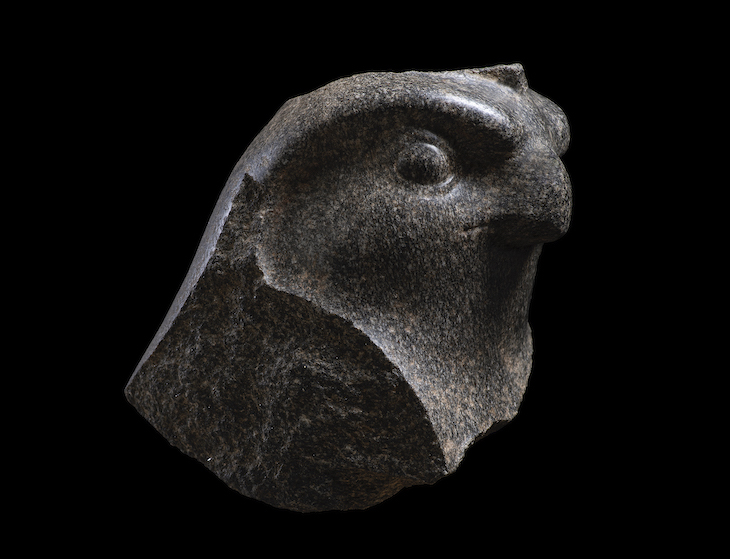‘We want people to respond to what they see, to want to know more,’ says Hidde van Seggelen. ‘That’s what the platform should encourage.’ Van Seggelen was appointed as chairman of the European Fine Art Foundation (TEFAF) in June; the first of its fairs he will oversee is also, out of necessity, TEFAF’s inaugural digital venture – and its first event since concerns about Covid-19 brought its flagship fair in Maastricht to an abrupt halt in March.
With TEFAF Online (1–4 November), which replaces the autumn edition of TEFAF New York, the organisation is no doubt looking to move on from that episode and revitalise its reputation for quality. Hence each exhibitor will present only one object on the platform, augmented by supporting publications, videos and other material as they see fit. Dealers who exhibit at any of the three TEFAF fairs can take part, which means that the online edition will weigh in at 283 exhibitors – showing 283 artworks spanning some 7,000 years of art history between them.
Van Seggelen is presenting a kinetic object by the Zero-group artist Gerhard von Graevenitz, accompanied by a video of the work and a newly recorded interview with the artist’s daughter. For the Paris-based dealer Christophe de Quénetain, the invitation to focus on a single chef-d’oeuvre promises to give rise to a ‘museum-quality online fair’; he has chosen to show the cast of François Girardon’s equestrian sculpture of Louis XIV of c. 1690–99 that was once part of ‘the personal collection of the sculptor’. A further French delicacy is offered by Stuart Lochhead Sculpture, which presents Jean-Baptiste Carpeaux’s Bacchante aux Roses (La Rieuse) (c. 1872), a bust derived from La Danse, the artist’s licentious group for the facade of the Palais Garnier in Paris. This bacchante is one of only two known examples in marble in which vine leaves run riot over a socle that is integral to the sculpture; the other is in the Musée des Beaux-Arts in Bordeaux.

Bacchante aux Roses (La Rieuse) (c. 1872), Jean-Baptiste Carpeaux. Stuart Lochhead Sculpture
If TEFAF Online is to prove itself a viable marketplace, the fair will need to emulate the vetting procedures by which it sets so much store during its physical editions. Every dealer, says Van Seggelen, must submit an object report written by an independent expert to the vetting committees, who will scrutinise the documentation and take further action if deemed necessary. But what of the obstacles of disseminating three-dimensional objects, not to mention intricately crafted historic artworks, via mobile and laptop screens? Exhibitors are eager to rise to the challenge, it seems. Galerie Kugel, for instance, has opted for a richly detailed object that, says partner Laura Kugel, ‘we think represents the identity of the gallery’: a jewelled and gold-mounted clock by Johann Heinrich Köhler, standing only 18cm tall, its upper section in the form of an obelisk supported by four miniature sphinxes.

Obelisk clock (c. 1720–25), Johann Heinrich Köhler. Galerie Kugel
Burzio’s selection, too, makes a confident assertion that fine materials and workmanship will thrive on TEFAF’s online platform. The gallery presents a console table, at once robust and refined, which was carved and gilded by Florentine craftsmen following English neoclassical motifs in the 1790s; it supports a top veneered with alabastro a pecorella, a deep red, pink and white marble so called for its resemblance to sheepskin.

Henri, Crown Prince of France, in court costume (1812), Antoine-Jean Gros. Trinity Fine Art
Other dealers have chosen works that stand to make an immediate graphic impact on screen: a striking preparatory oil by Antoine-Jean Gros, for instance, showing Henri, Crown Prince of France, in court costume and not a little Byronic in his splendid isolation (Trinity Fine Art); or a graphite head of the Egyptian god Horus as a falcon, which, as such a covetable fragment, seems bound to generate discussion between visitor and exhibitor (Kallos Gallery). As Van Seggelen says, ‘Exhibitors can really make an effort in talking about one piece.’

Horus as a falcon (664–630 BC), Egypt. Kallos Gallery
TEFAF Online takes place from 1–4 November.
From the October 2020 issue of Apollo. Preview and subscribe here.












![Masterpiece [Re]discovery 2022. Photo: Ben Fisher Photography, courtesy of Masterpiece London](http://zephr.apollo-magazine.com/wp-content/uploads/2022/07/MPL2022_4263.jpg)
Apollo at 100